
Find Your P(urpose)
“Purpose gives you the energy and clarity to make decisions and the passion to stay motivated”
-Drake Weissman
Project Overview
This workshop is not just about finding a job. It was designed to explore who we are, understand our passions, our strengths, and our values. It's about uncovering that sense of fulfillment that comes from aligning our actions with our true purpose.
Role: This workshop was designed and executed by myself and my design partner Manuel Galindo
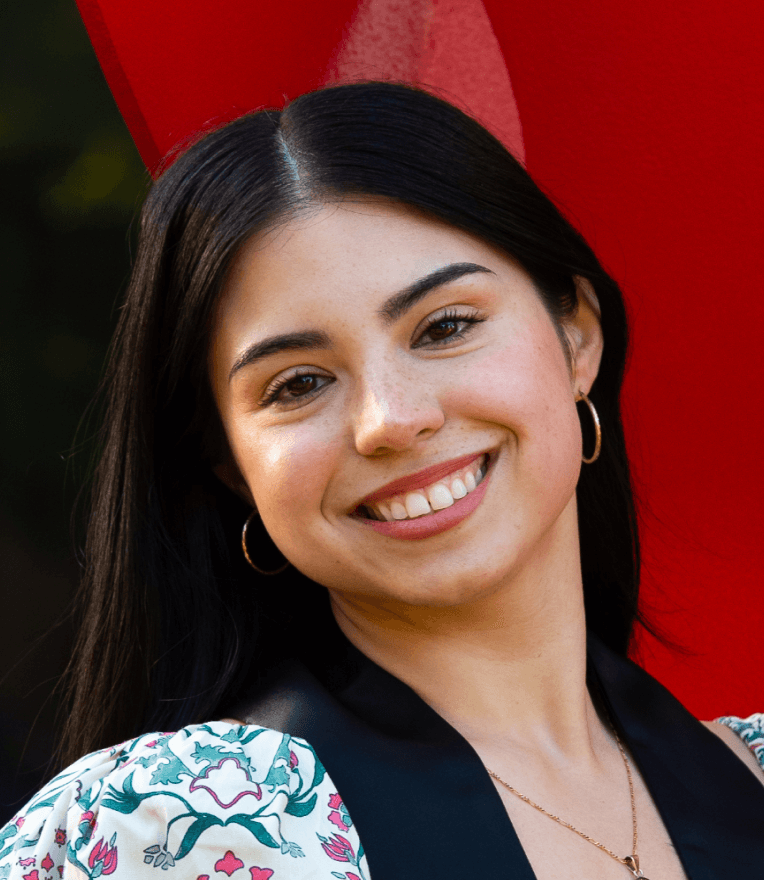
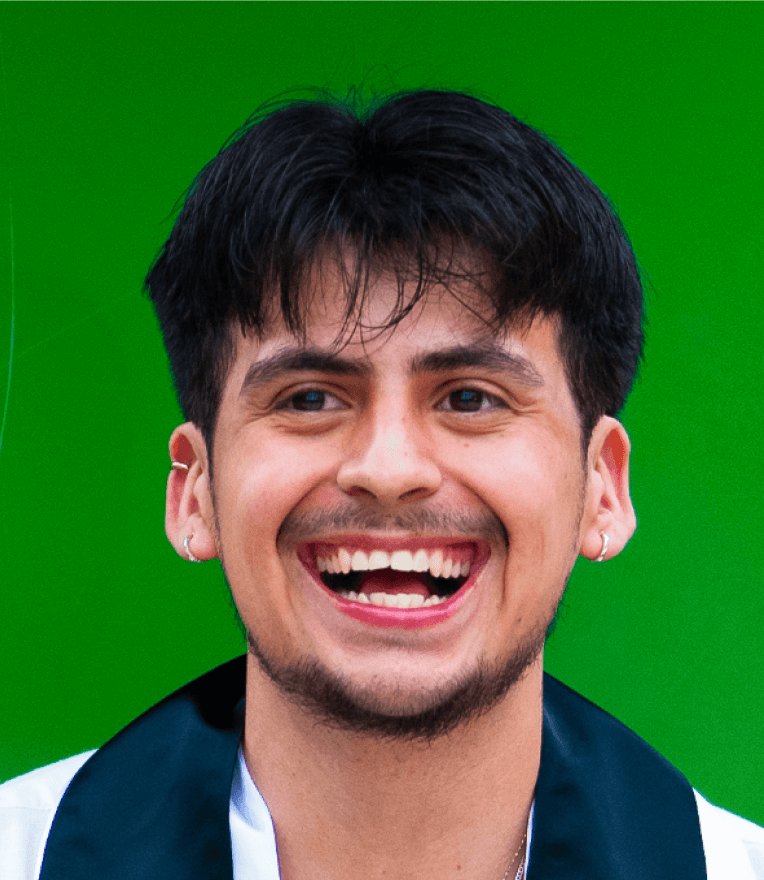
Together we explore:
Self-Reflection: Through guided exercises and thoughtful contemplation, we'll delve into our past experiences, identifying patterns, moments of joy, and instances of genuine fulfillment.
Clarifying Values: We'll examine the core values that underpin our decisions and actions, recognizing their significance in shaping our sense of purpose.
Identifying Passions: By reconnecting with our deepest passions and interests, we'll uncover the activities that invigorate us and bring us a sense of flow and meaning.
Embracing Strengths: We'll celebrate our unique talents and strengths, understanding how they can be harnessed to make a meaningful impact in our lives and the lives of others.
Crafting a Vision: Armed with newfound clarity, we'll envision the future we aspire to create, setting tangible goals that resonate with our authentic selves.
Taking Inspired Action: Finally, we'll commit to taking intentional steps toward living our purpose every day, cultivating a sense of fulfillment and alignment in all aspects of our lives.
Understand
To design this workshop we began by outlining what we wanted our main takeaways to be. We wanted participants to know what motivates them, what their passions are, and what kind of designer they want to be. We crafted the following questions that guided our research, design, and development stages.
What do you care about and why?
What inspires/motivates you and why?
Who do you want to be as a designer?
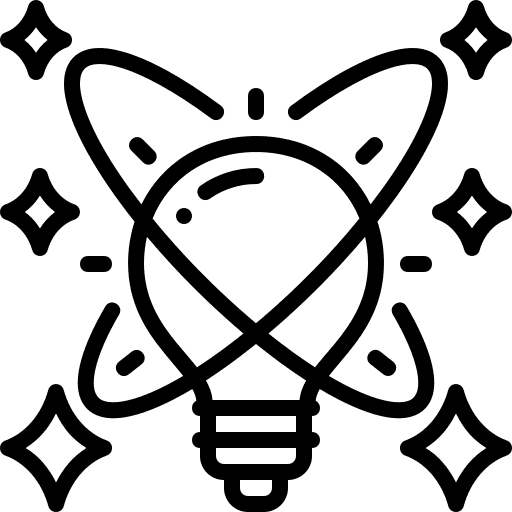
Identify & Synthesize
We analyzed and researched what constitutes a purpose and established these 5 components:
Values
Skills
Identity
Interests
Strengths
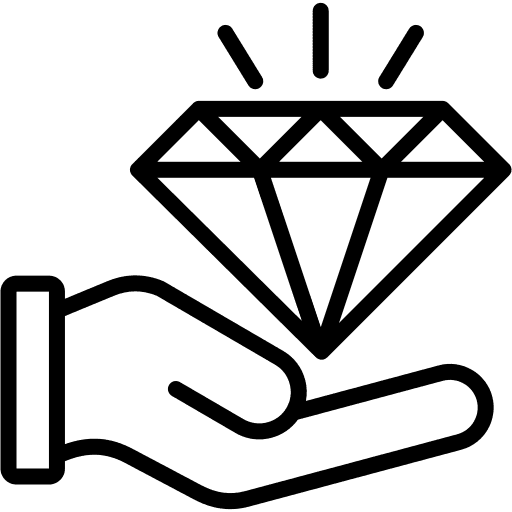
Ideation
We then designed and paired a short activity to each component that would help the participant explore themselves within each category.
Identity: Personality Test
The personality is a simple way to gain insight in personal behaviors and preferences. By understanding our own personality traits, we can identify areas for growth and can make more informed decisions about various aspects of our lives. We chose the Smalley and Trent Personality Test from 1999 because it had well rounded insights for our participants including disposition, motivations, communication style, and desires.
Skills/Strengths: Affirmations:
Affirmations are positive statements that are repeated regularly with the aim of instilling a positive mindset and fostering personal growth. The practice of using affirmations involves not just repeating these statements but also believing in them and allowing them to influence one's actions and thoughts.
Values/Identity: What did you want to be when you grew up? Why? What did you think it would bring you?
We asked participants to write down three career paths they thought about pursuing when they were younger. We wanted our participants to think back to when they were younger and what their career aspirations were. Children are not bound by societal norms and economic responsibilities. We knew reflecting on “simpler times” would be key to discovering our true passions.
Values: Who do you look up to? Why? What do you admire about them?
Role models are an important part of our lives because they show us what we value and what type of person we want to be. We asked participants to think of a significant role model they've had in their life and explain what they admired about this person to help gain insight about our individual values.
Interests: Think of a time when you feel most connected with yourself? What are you doing?
Being connected with yourself is when you lose track of time doing something that excites you. We wanted our participants to reflect on the activities that motivate them and give them that spark.
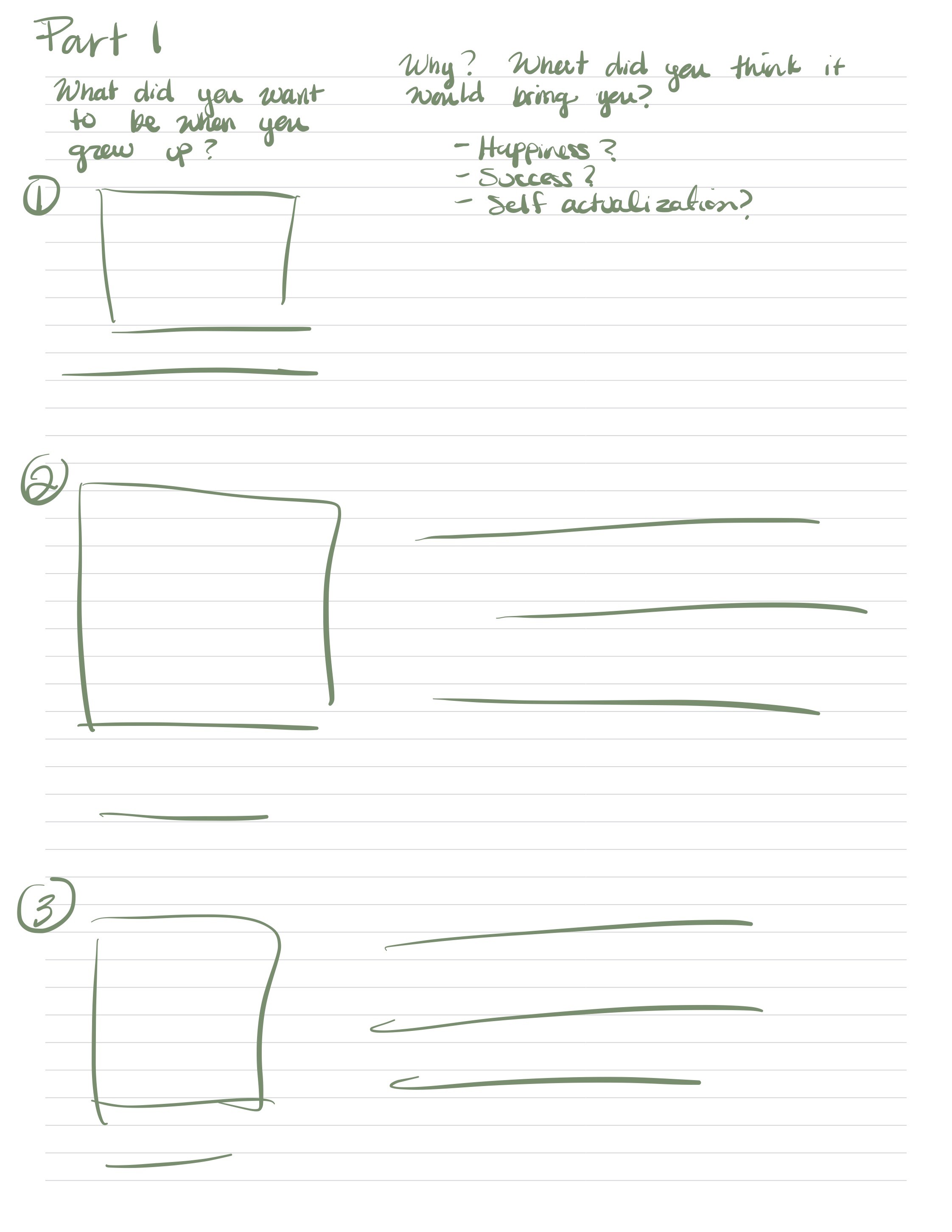
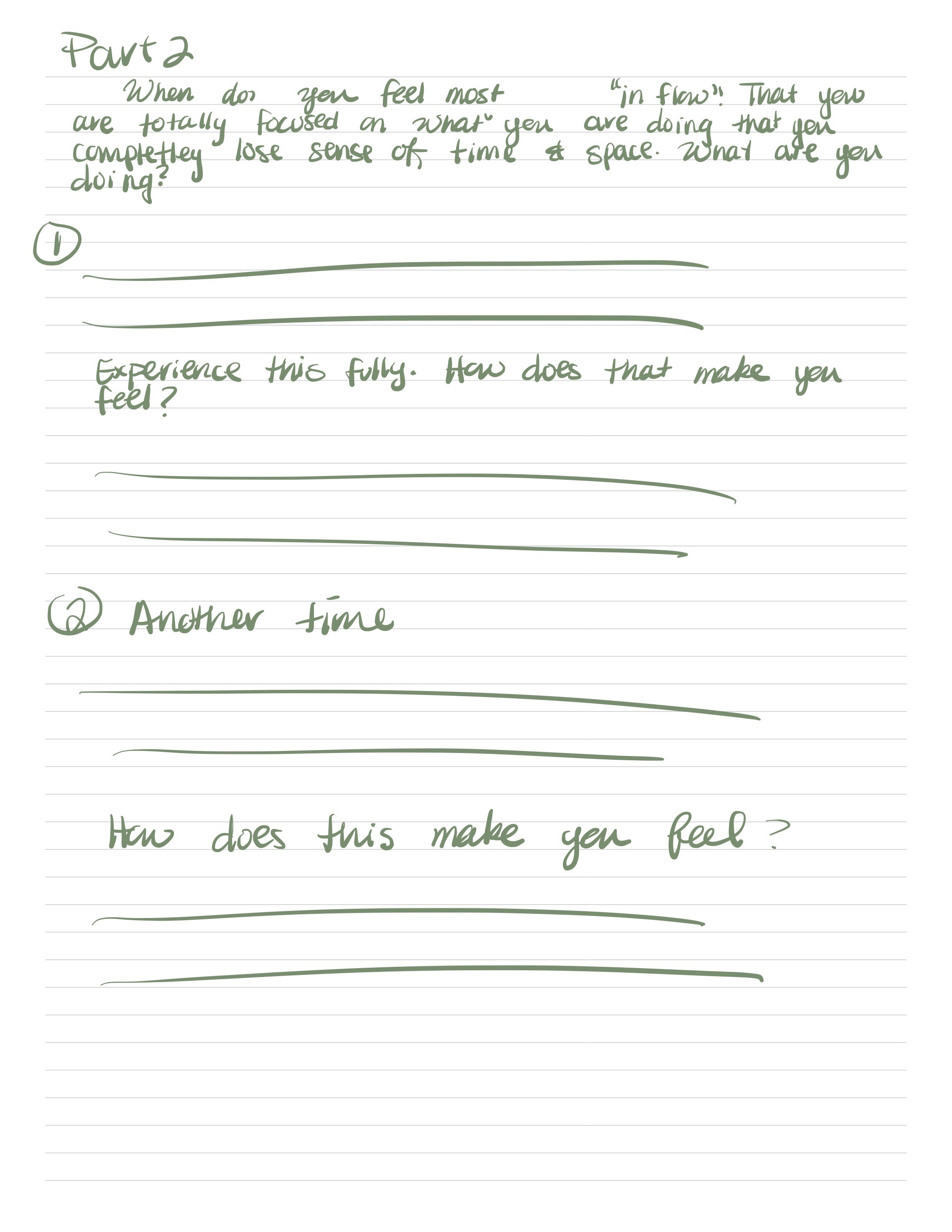
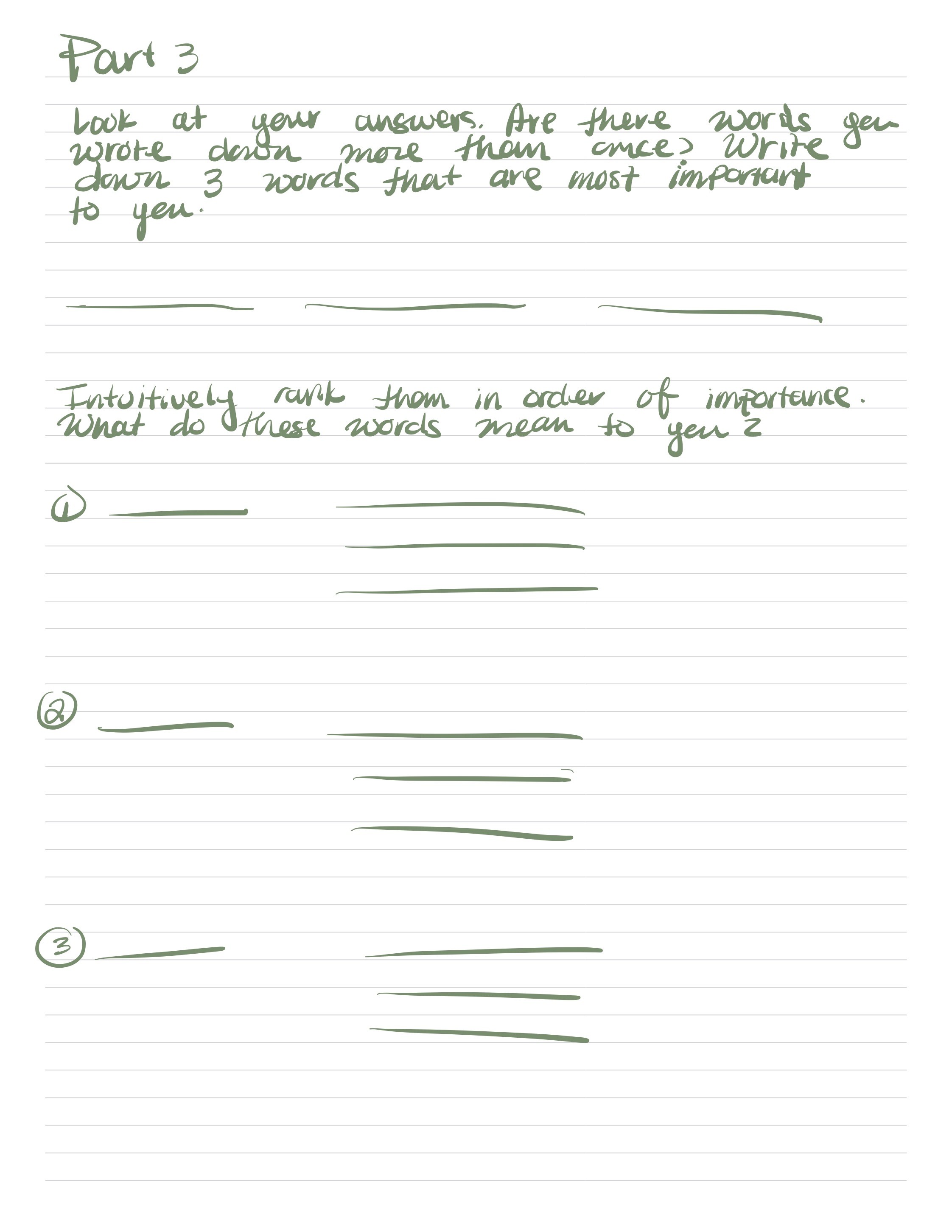
Execution & Final Designs
We then began crafting our workshop outline and presentation. We role played different activity orders and presentation formats until we landed on one that felt intuitive, collaborative, and allowed participants to gain the most insight.
We decided to divide our workshop into five parts or activities. Each participant would get 5 pieces of paper that would correspond with each activity. We intentionally left out any instructions on the handout papers to avoid participants from looking ahead and possibly unintentional bias throughout each activity. Instead, we delivered instructions in a presentation format so that participants could reference them during the time allotted to complete each activity.
Part 1: Personality Test. This is a good way to break the ice and get the creative juices flowing without too much effort involved. We wanted to leave the test results hidden until the very end of the workshop so we waited until the end of part 4 to pass out the results handouts.
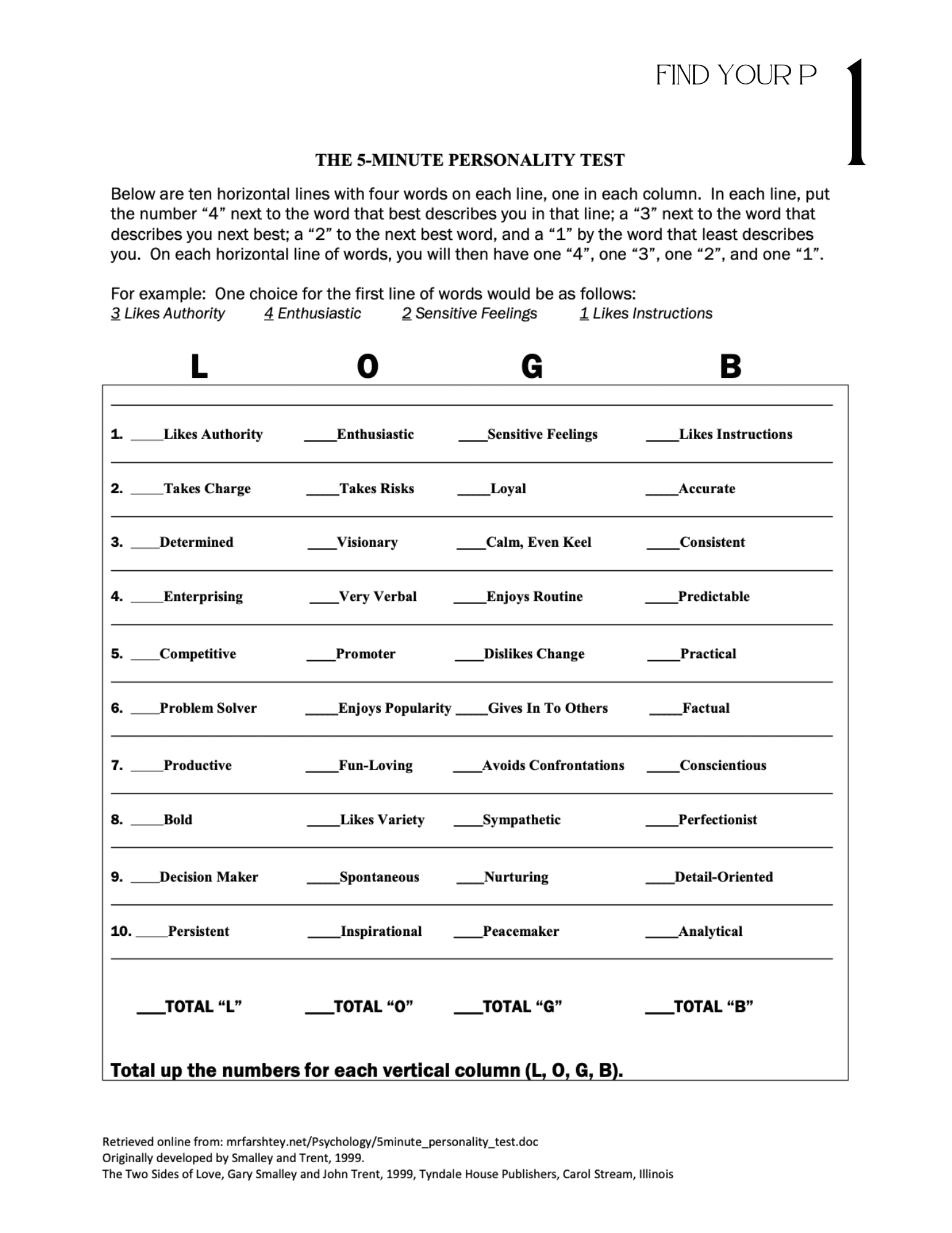
Preliminary Sketches
Part 2: What did you want to be when you grew up?
We wanted to start with the past so we chose this question to follow the personality test. It is an easy enough question to answer but it is also a good one to start thinking deeper about values and identity.

Part 3: Who do you look up to?
By part three, participants have been reflecting on their lives and experiences so we thought this question would be an excellent follow up to the previous one. It also delves deeper into individual values.
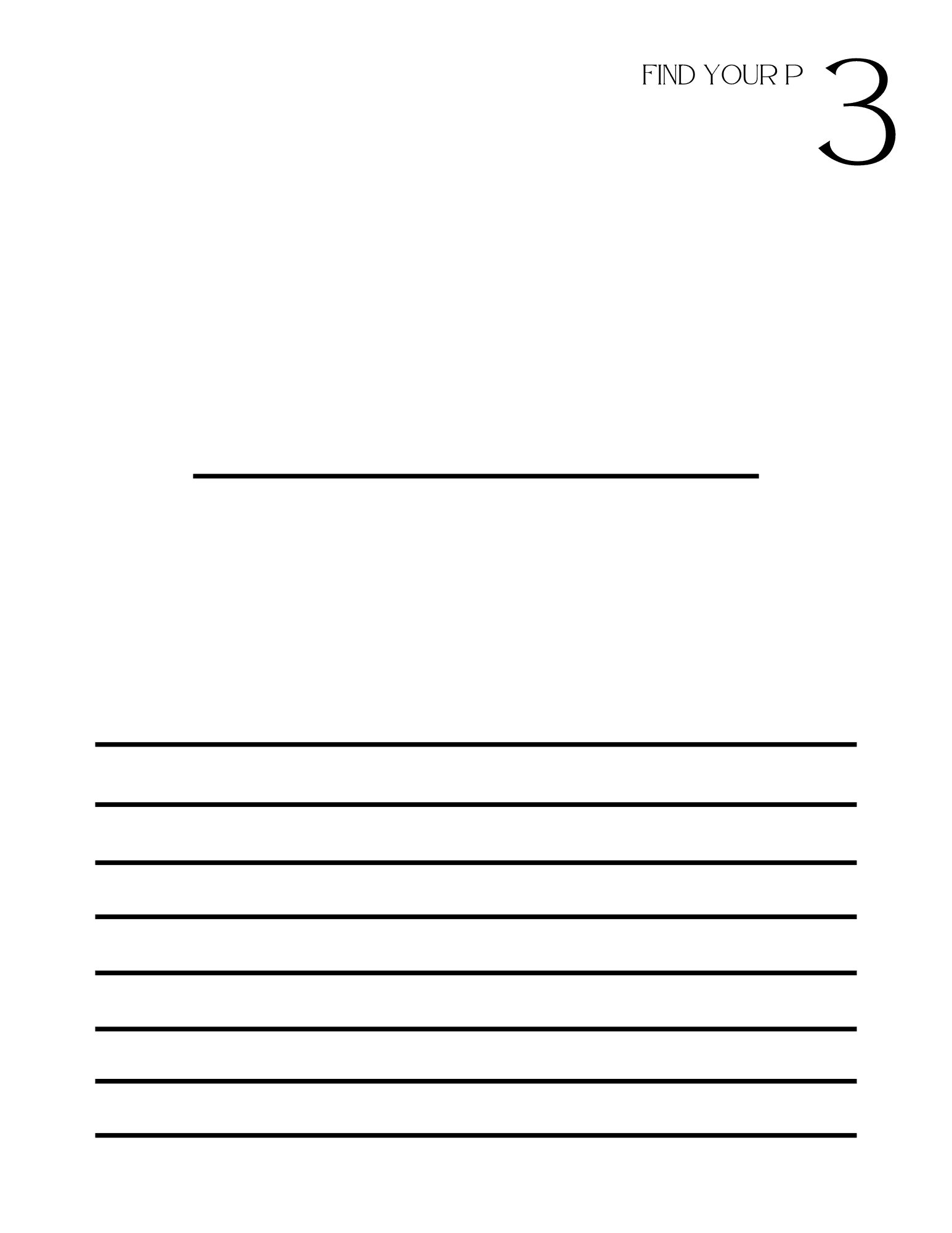
Part 4: Think of a time when you feel most connected with yourself? What are you doing?
Parts 2 & 3 made participants think of their past selves so for part 4 we wanted to focus on the present, which is why we decided to have this question at this time.

After part 4 we passed out the results to the personality test and had participants review and reflect on the answers they wrote in each activity. We asked them to come up with three main ideas or themes they found in the personality test results and their answers. These would be their attributes.
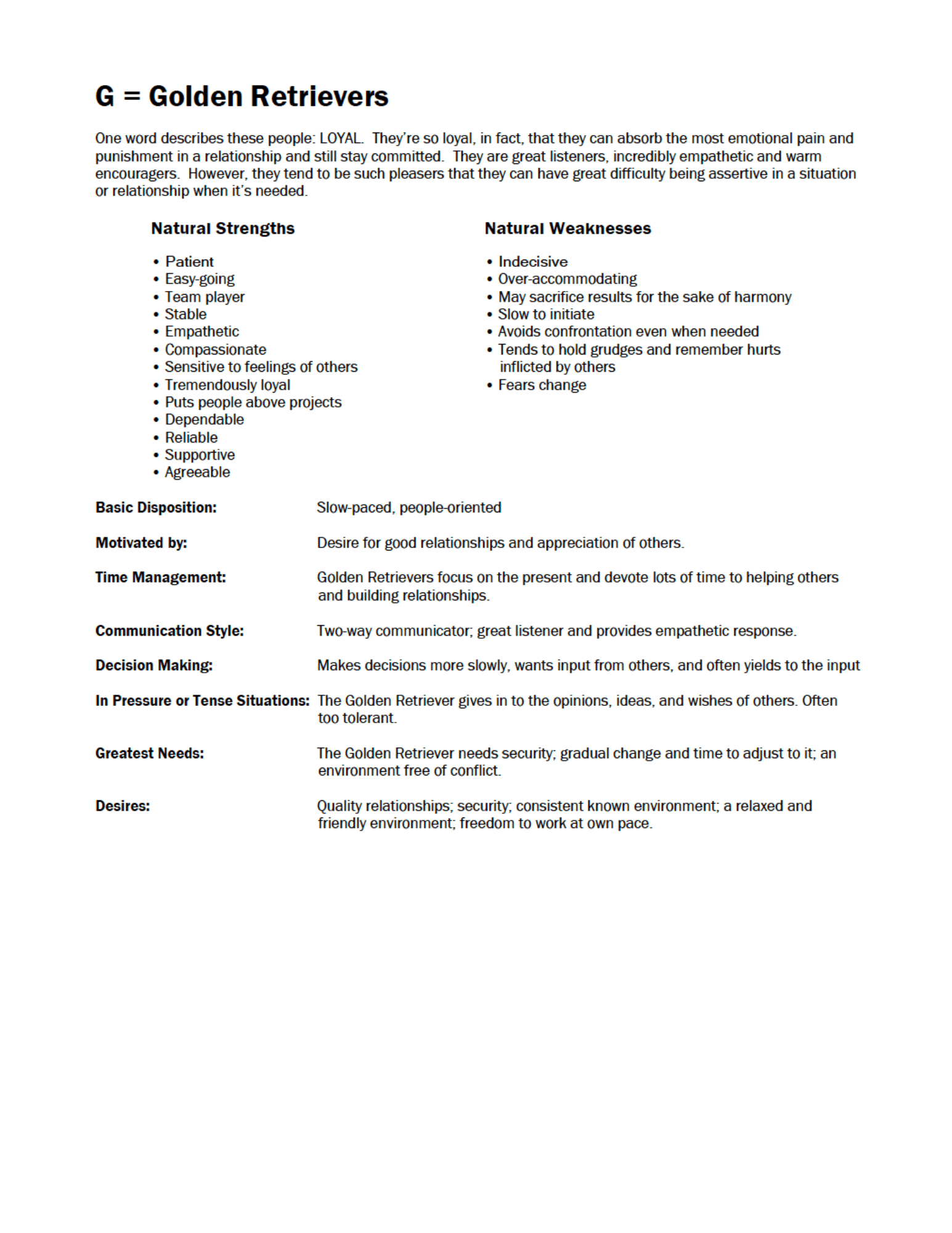
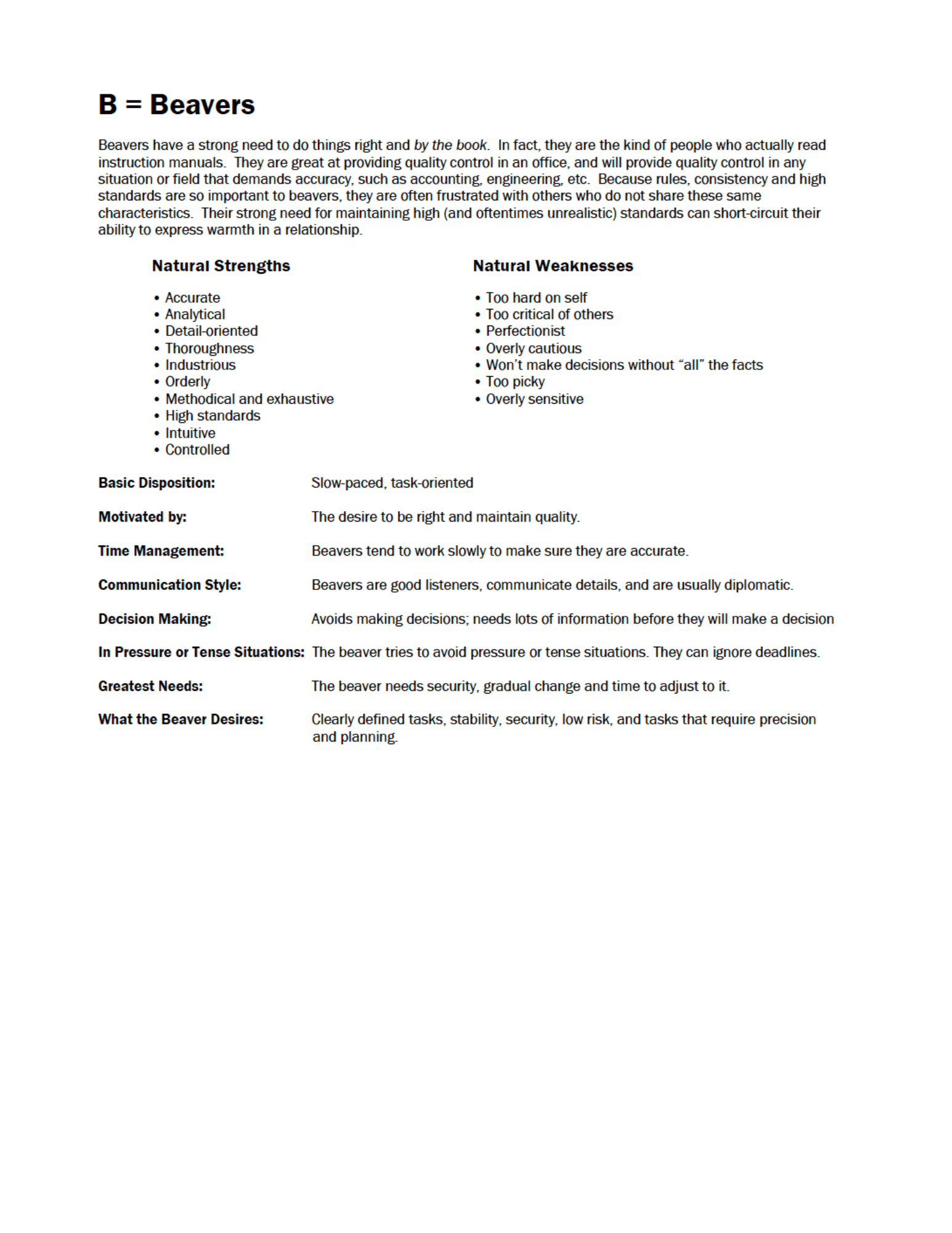
Part 5: Affirmations
Using these three attributes, we asked participants to come up with three affirmations about themselves as a designer. We thought it would be a great way to finish out the workshop by manifesting the kind of future participants want to have.
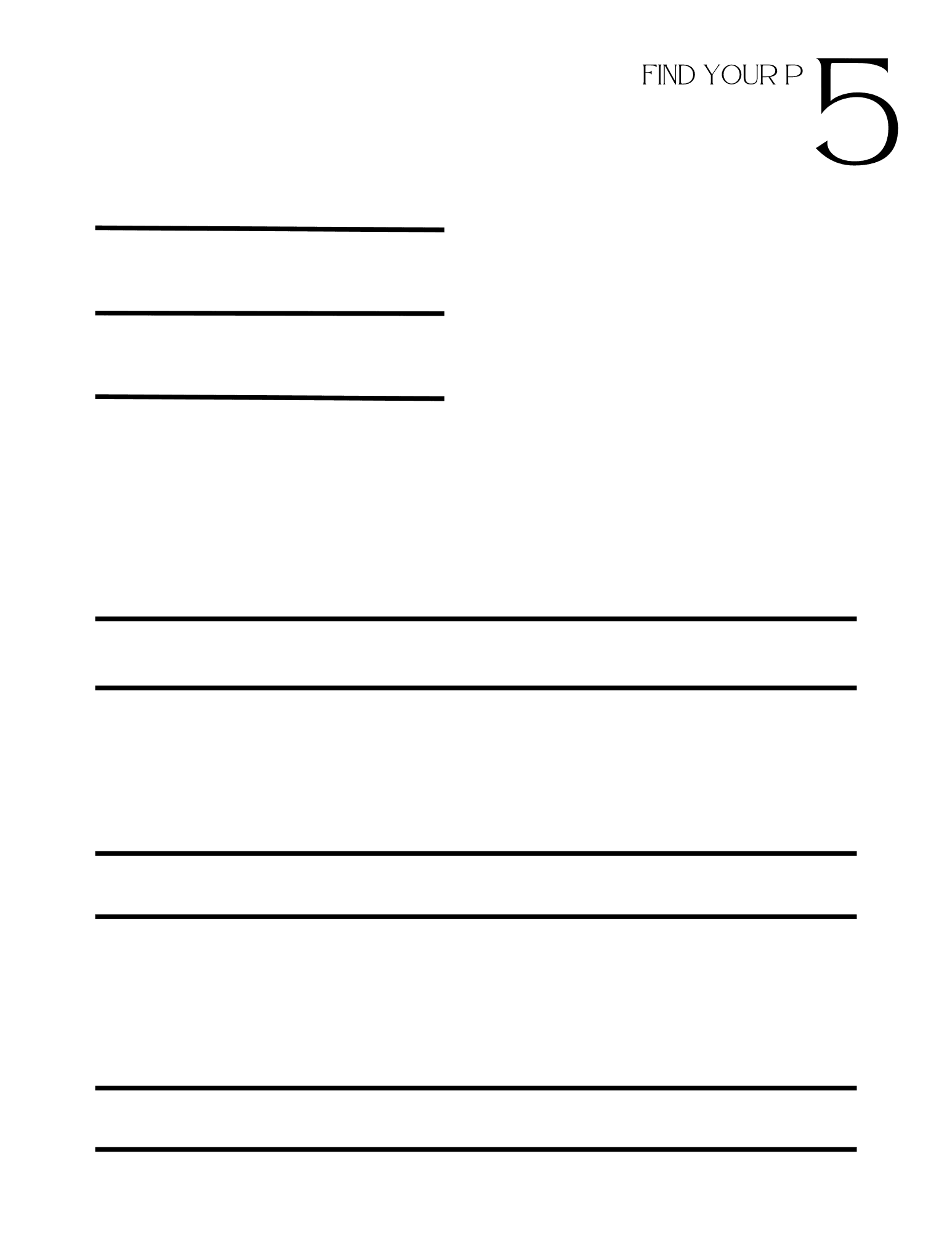
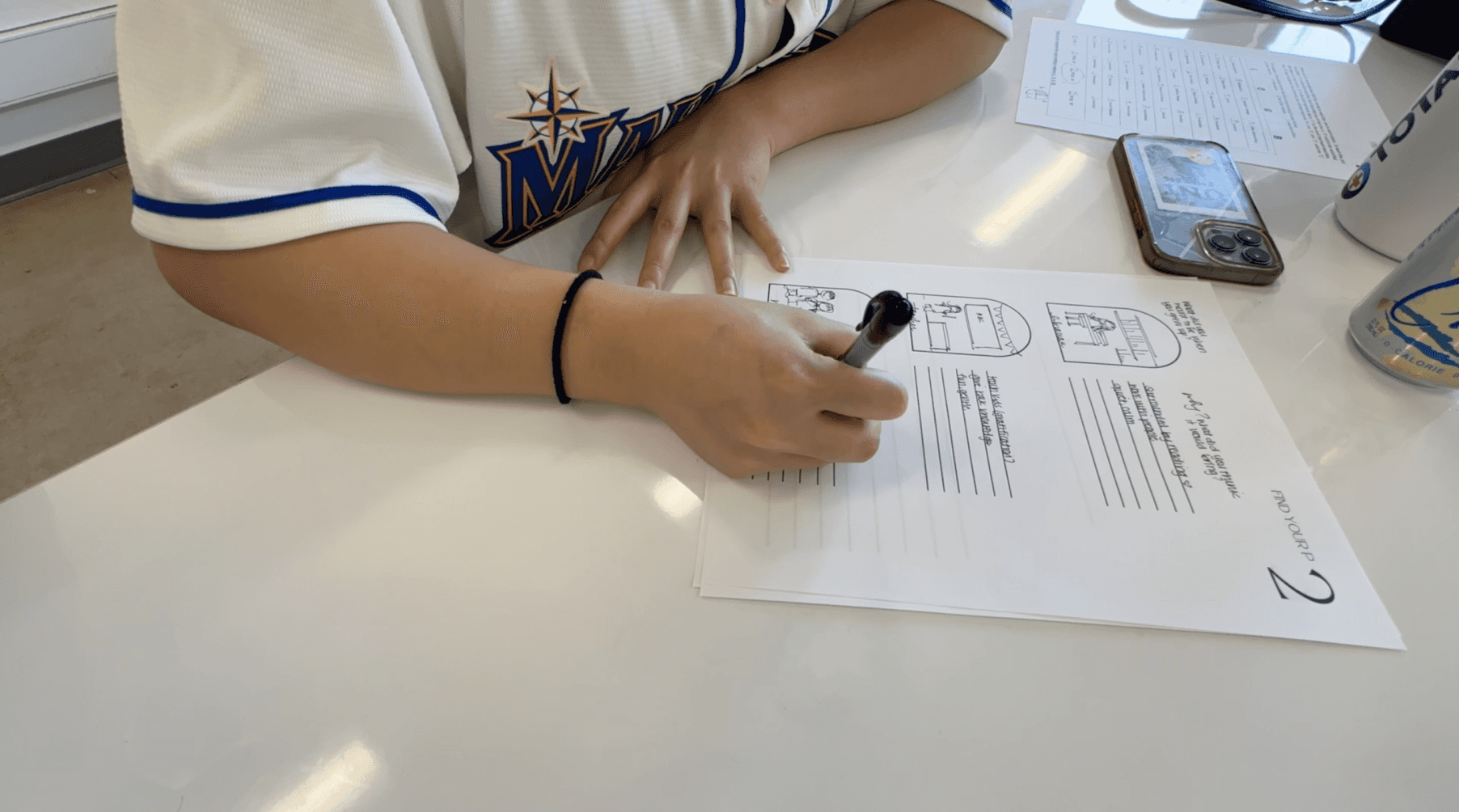
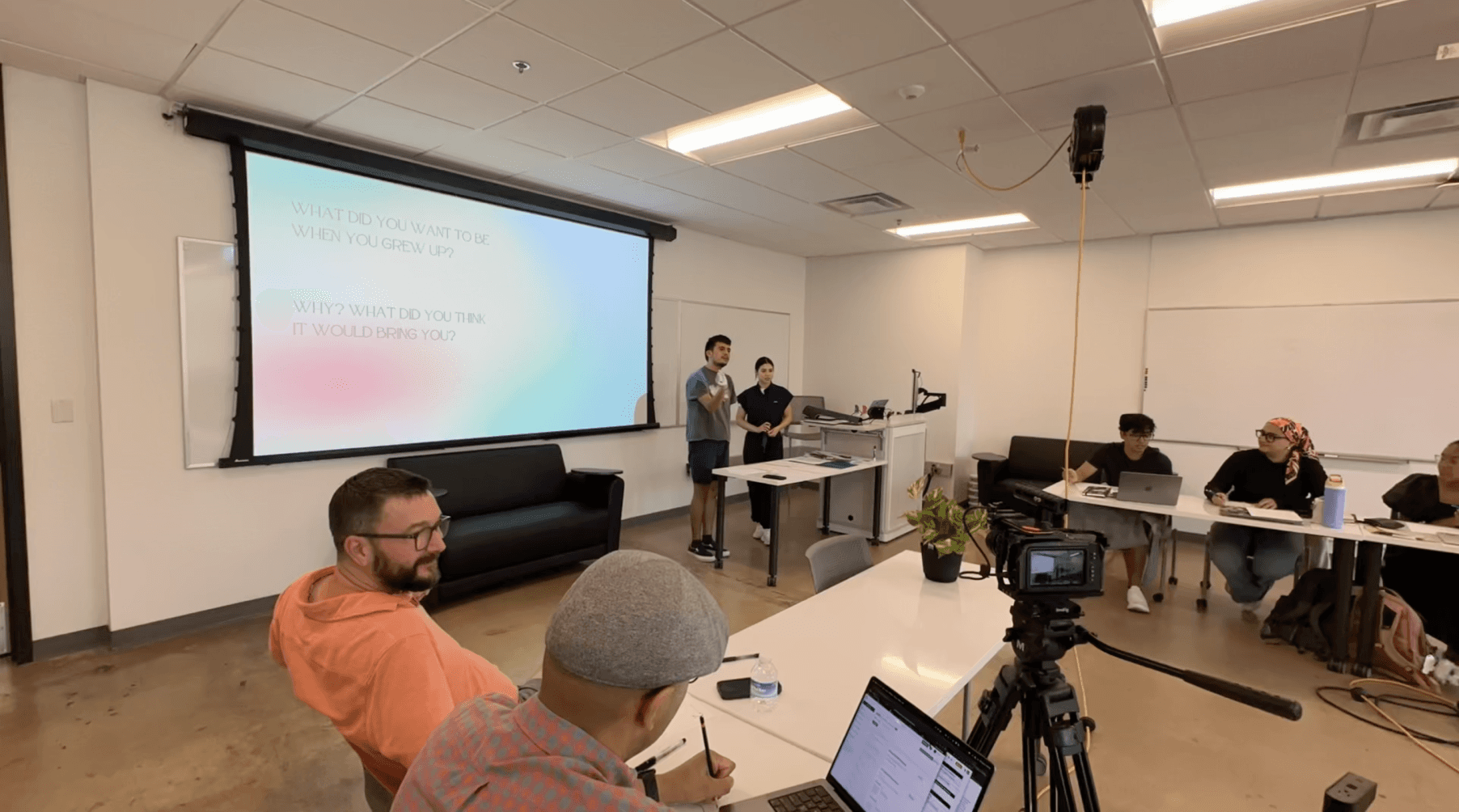
Participant filling out Part 2
My partner and I conducting the workshop
“It was a very good workshop, very profound.”
-James Helms: Organization and
Cross-Functional Leader
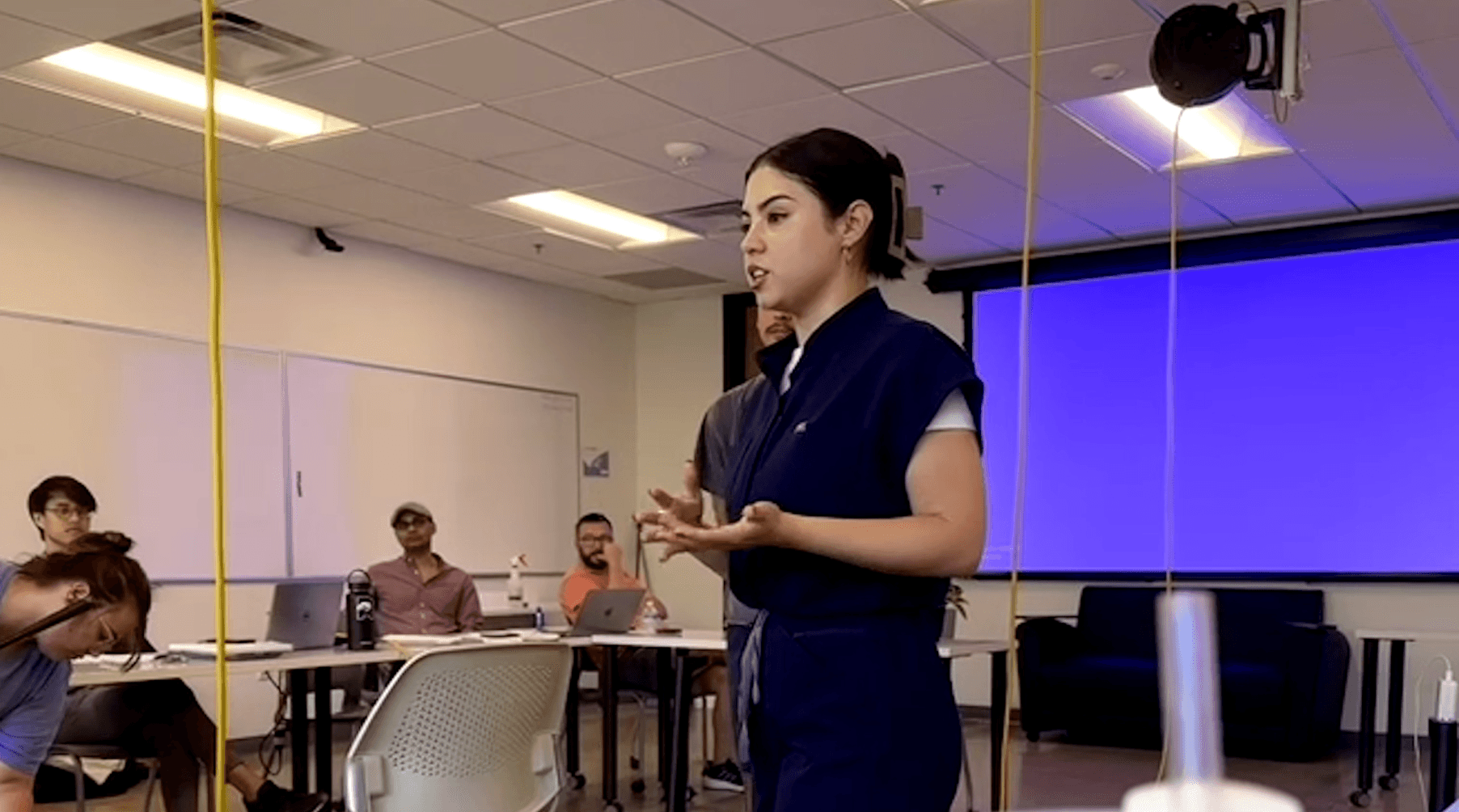
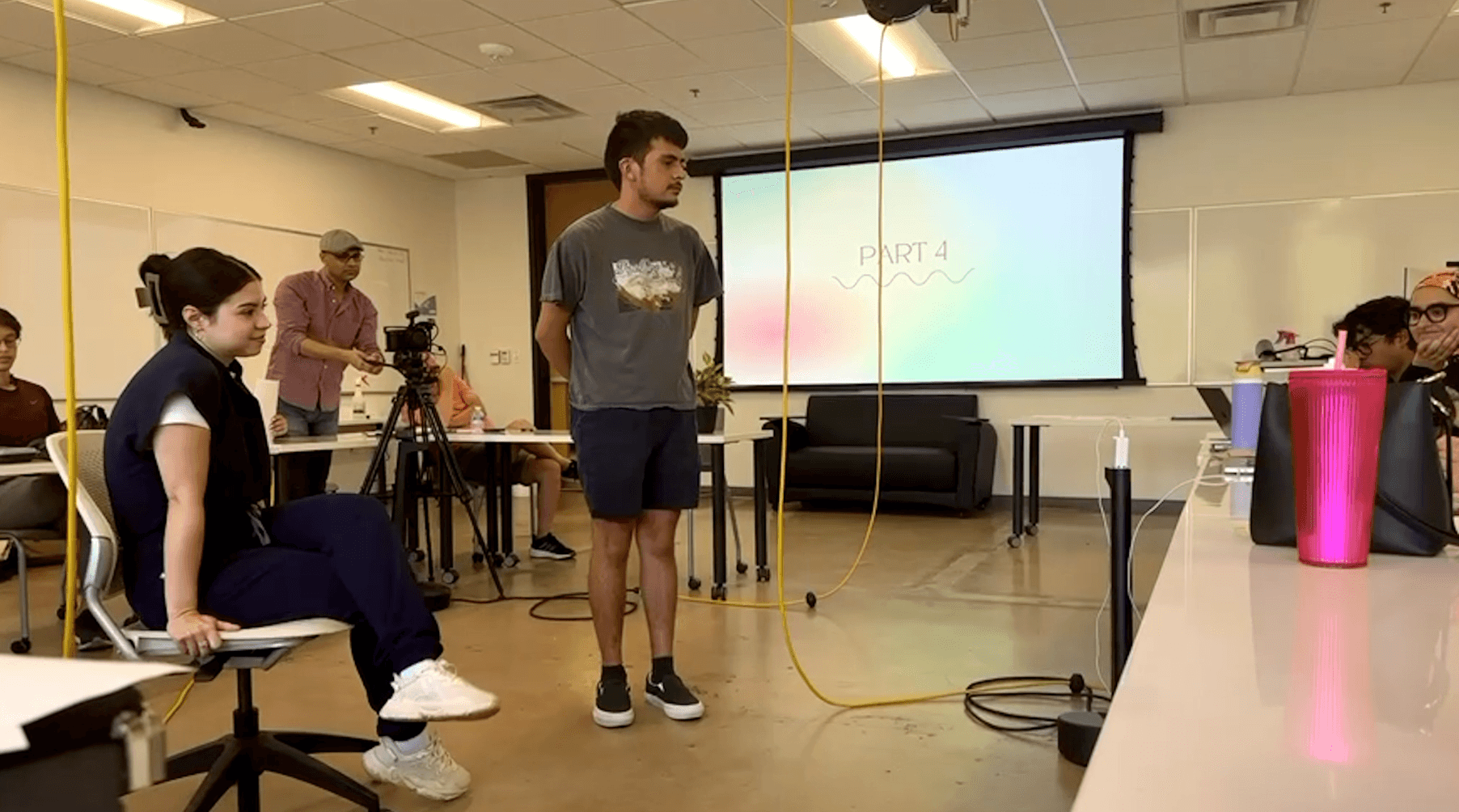
Explaining a part of a workshop to participants
Engaging with participants about their answers